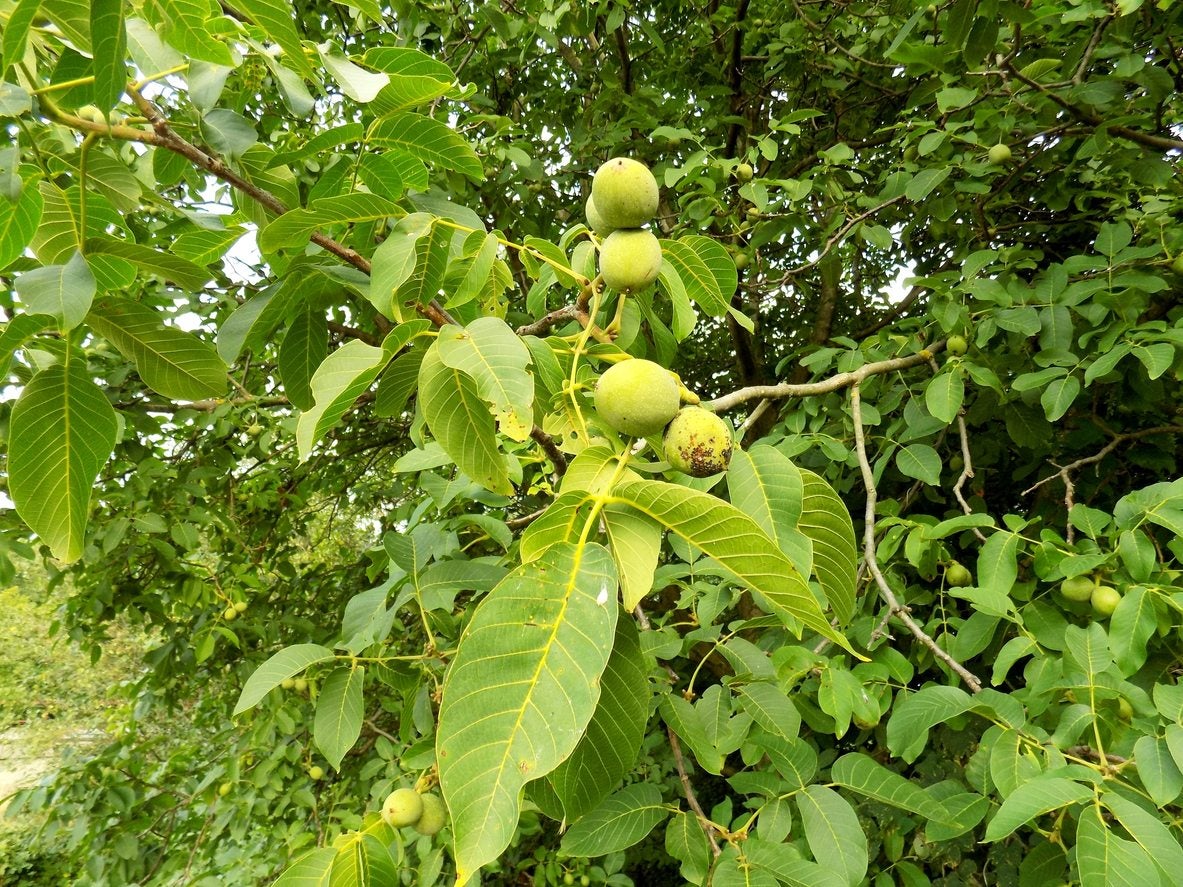Zone 5 Nut Trees – Hardy Nut Trees That Grow In Zone 5


Nut trees add both beauty and bounty to the landscape. Most of them live a long time, so you can think of them as a legacy to future generations. There are many factors to consider when choosing zone 5 nut trees, and this article covers the trees best suited to the area.
Choosing Nut Trees for Zone 5
Many nuts would be perfect for the cold winters and warm growing seasons in zone 5 if it weren’t for the possibility of an early warm spell followed by another freeze. During a warm spell, the buds on a tree begin to swell, and refreezing damages or kills the nut buds. Nuts such as almonds and pecans may not die, but they won’t fill out completely. It’s best to avoid trees that may prove a disappointment and grow those that have a proven record of success. So, what nut trees grow in Zone 5? Here are some of the best nut trees for zone 5 regions: Walnuts – Walnuts are perfect for zone 5. Black walnuts grow into massive shade trees up to 100 feet (30.5 m.) tall, but they have a couple of drawbacks. First, they excrete a chemical through their roots and fallen leaves that makes it impossible for most other plants to thrive. Many plants die, while others simply fail to thrive. There are a few plants that can tolerate black walnuts, and if you’re willing to limit the area to those plants, this may be the tree for you. The second drawback is that it may be 10 years or more before you see your first crop of nuts. English walnuts grow to only half the size of a black walnut, but they aren’t quite as toxic, and you may see nuts in as few as four years. Hickory – Hickory nuts grow on trees similar to walnut trees. They do quite well in zone 5, but the taste isn’t as good as that of other nuts, and they're difficult to shell. The hican is a cross between a hickory and pecan. It has a better flavor and is easier to shell than a hickory. Hazelnut – Hazelnuts grow on shrubs rather than trees. This 10 foot (3 m.) shrub is an asset to the landscape. The leaves have a brilliant, orange-red color in fall, and one variety, the contorted hazelnut, has crooked branches that add interest in winter after the leaves have fallen. Chestnut – Although the American chestnut has been decimated by blight, the Chinese chestnut continues to thrive. The 50 foot (15 m.) tree grows faster than many of the other nut trees that grow in zone 5, and you’ll harvest nuts sooner.
Gardening tips, videos, info and more delivered right to your inbox!
Sign up for the Gardening Know How newsletter today and receive a free copy of our e-book "How to Grow Delicious Tomatoes".

Jackie Carroll has written over 500 articles for Gardening Know How on a wide range of topics.